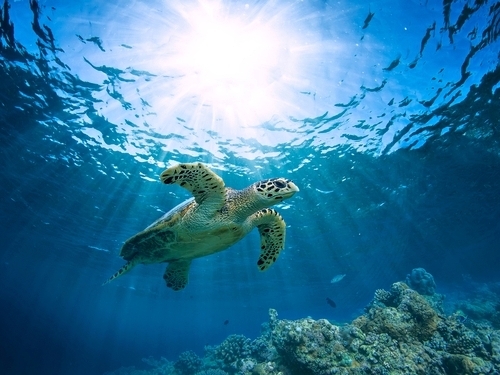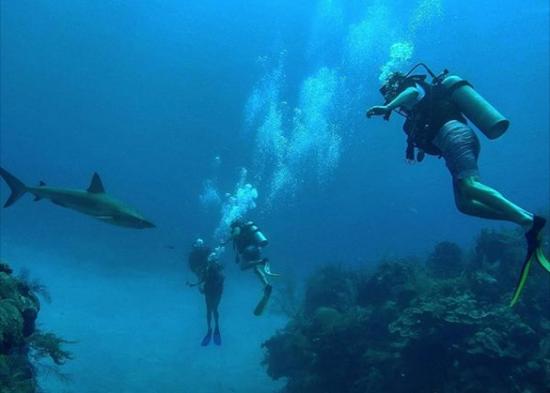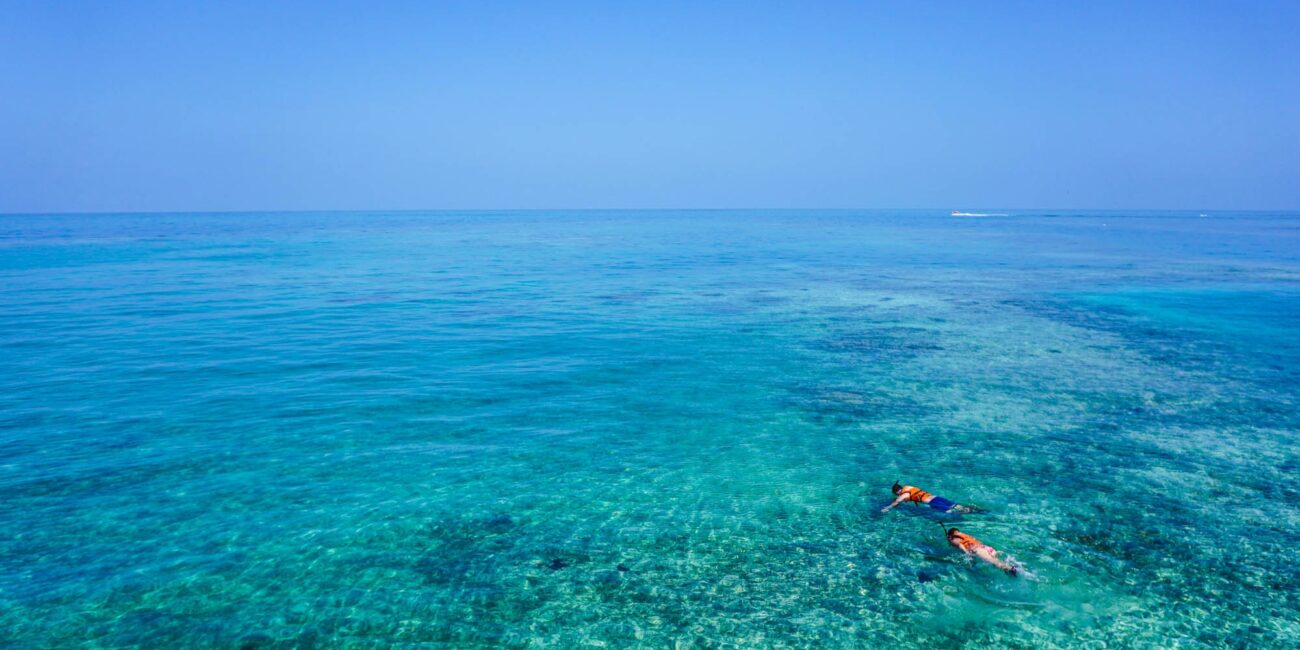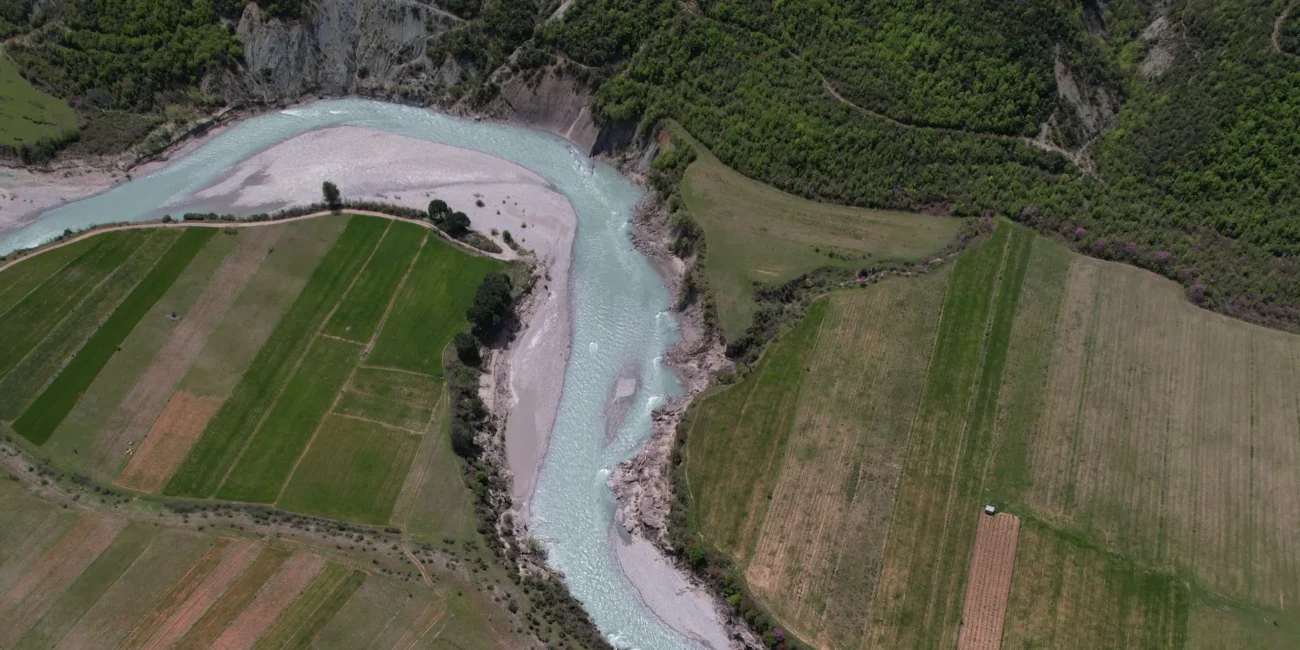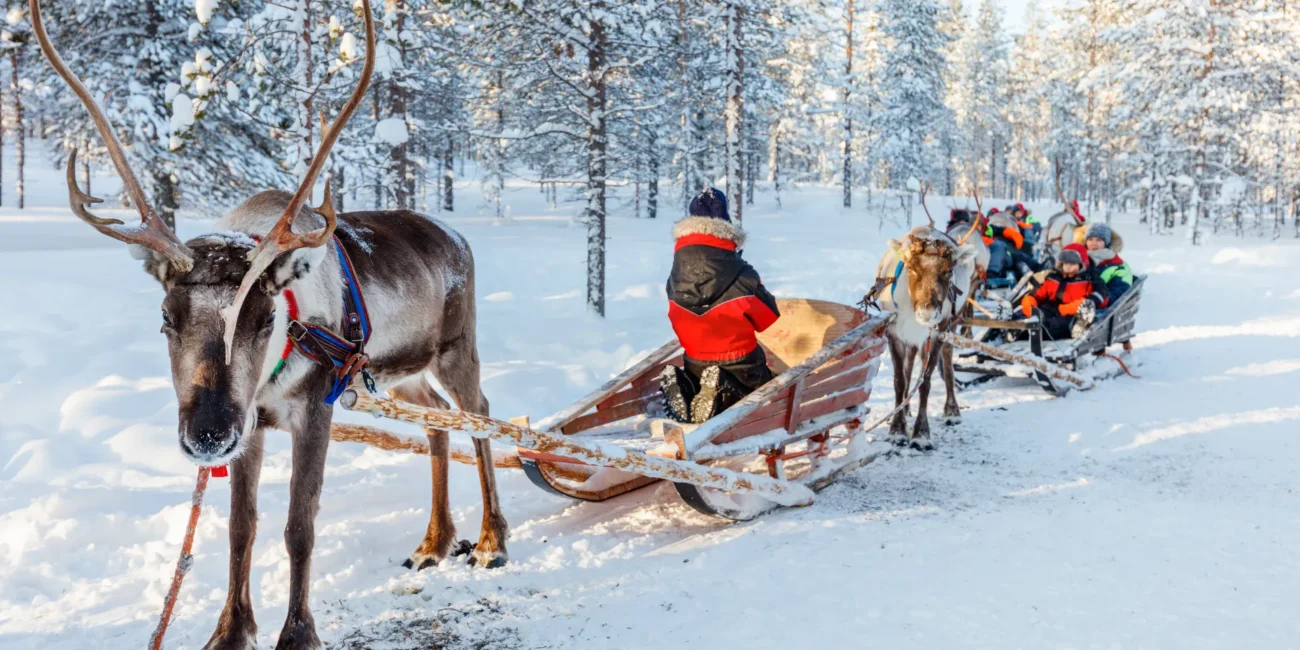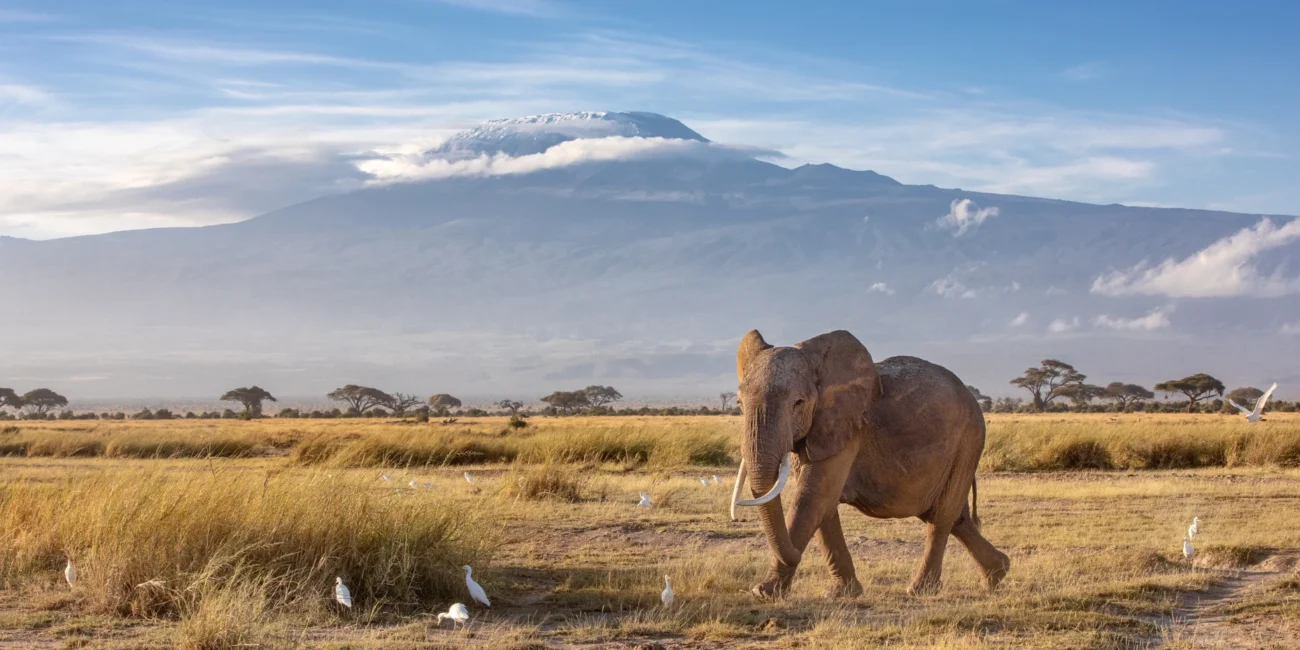In celebration of National Marine Week (22nd July – 6th August 2023), we’re spotlighting Turneffe Atoll – home to the largest coral atoll in both Belize and the Mesoamerican Barrier Reef System – which sustains an extraordinary wealth of marine biodiversity, provides livelihood for local communities, and draws visitors with its array of available marine activities.
At the start of 2025, together with a small group of up to 8 guests, we will explore the vast wealth beneath Belize’s waves with Paul Lister, founder of The European Nature Trust, Roni Martinez, Belize’s top nature guide, and the leadership team of Turneffe Atoll Sustainability Association, an NGO responsible for the co-management of Turneffe Marine Reserve. Find out more about the journey here, and apply to join here.
Turneffe Atoll’s marine life
In 1718, the waters off Turneffe Atoll saw the capture of the ten-gun logwood cutting sloop, Adventure, by the infamous pirate Edward Teach (Blackbeard). Today, they are home to more than 500 different species of fish and 65 species of stony corals.
Large expanses of intact mangrove, seagrass habitat and shallows provide important dynamics for the nurseries of crocodiles, conch, lobster and fish species, whilst the land and seascape consists of a network of highly productive flats, creeks and lagoons that are interspersed with more than 150 mangrove islands, and the higher cayes bleed into stretches of savanna and littoral forest.
Here, sea turtles, manatees, dolphins and a myriad of seabirds can be found, and activities such as snorkelling, world-class diving, fly-fishing, and shipwreck exploration can be enjoyed. From the age-old stalactites to Caribbean reef sharks and the legendary Great Blue Hole and its bottomless pit, the waters off Turneffe Atoll are well equipped for the curious.
“Why is it that scuba divers and surfers are some of the strongest advocates of ocean conservation? Because they’ve spent time in and around the ocean, and they’ve personally seen the beauty, the fragility, and even the degradation of our planet’s blue heart.” Sylvia Earle
Sustainably managing Turneffe Atoll
From habitat management to research, monitoring and surveillance activities, Turneffe Atoll Sustainability Association (TASA) helps to safeguard Turneffe Marine Reserve from harmful or exploitative behaviour and better understand the needs of its ecosystem and inhabitants. Their adaptive approach allows them to be flexible to changing circumstances, and their education and outreach initiatives help to involve local communities in the preservation of the reef and their ocean resources – theirs’ is a holistic approach that engages local support and contributes to Belize’s national character of environmental stewardship.
“My vision is to make Turneffe Atoll Marine Reserve (TAMR) the model marine reserve for Belize where the resource user will take an active role in the management and decision making of the reserve, based on the information received from the stakeholders themselves and the best available science.”
Valdemar’s philosophy is that, unless we convince the resource user of the very strong link between improving livelihoods, reducing poverty and vulnerability, and enhancing environmental and human security with sustainable ecosystem and natural resources management, the change will be too slow.
During our journey to Belize, we will explore Turneffe Atoll by boat alongside TASA, learning about the mangroves, reef systems and critically endangered littoral forests that make up this diverse ecosystem; speak with ex-fishermen who instead now sustainably farm seaweed; explore shipwrecks now used for coral restoration; and enjoy the flavours of the sea with fresh, local catch.
The journey incorporates a 20% donation to Belize Maya Trust, Virginia Tech, Friends for Conservation and Development, and TASA.
If you would like to learn more about purposeful travel to Belize, view the full itinerary here or reach out to one of our experts at connect@stg-journeyswithpurposeorg-staging.kinsta.cloud.
With limited places available, you can apply to join the journey here.
DIG A LITTLE DEEPER
How Belize cut its debts by fighting global warming, The New York Times
How to throw a party for a coral reef, Scuba Diving
Eco-tourism experiences in Belize, Travel Agent Central
Tourism funded marine-protected area management Turneffe Atoll, Blue Natural Capital
